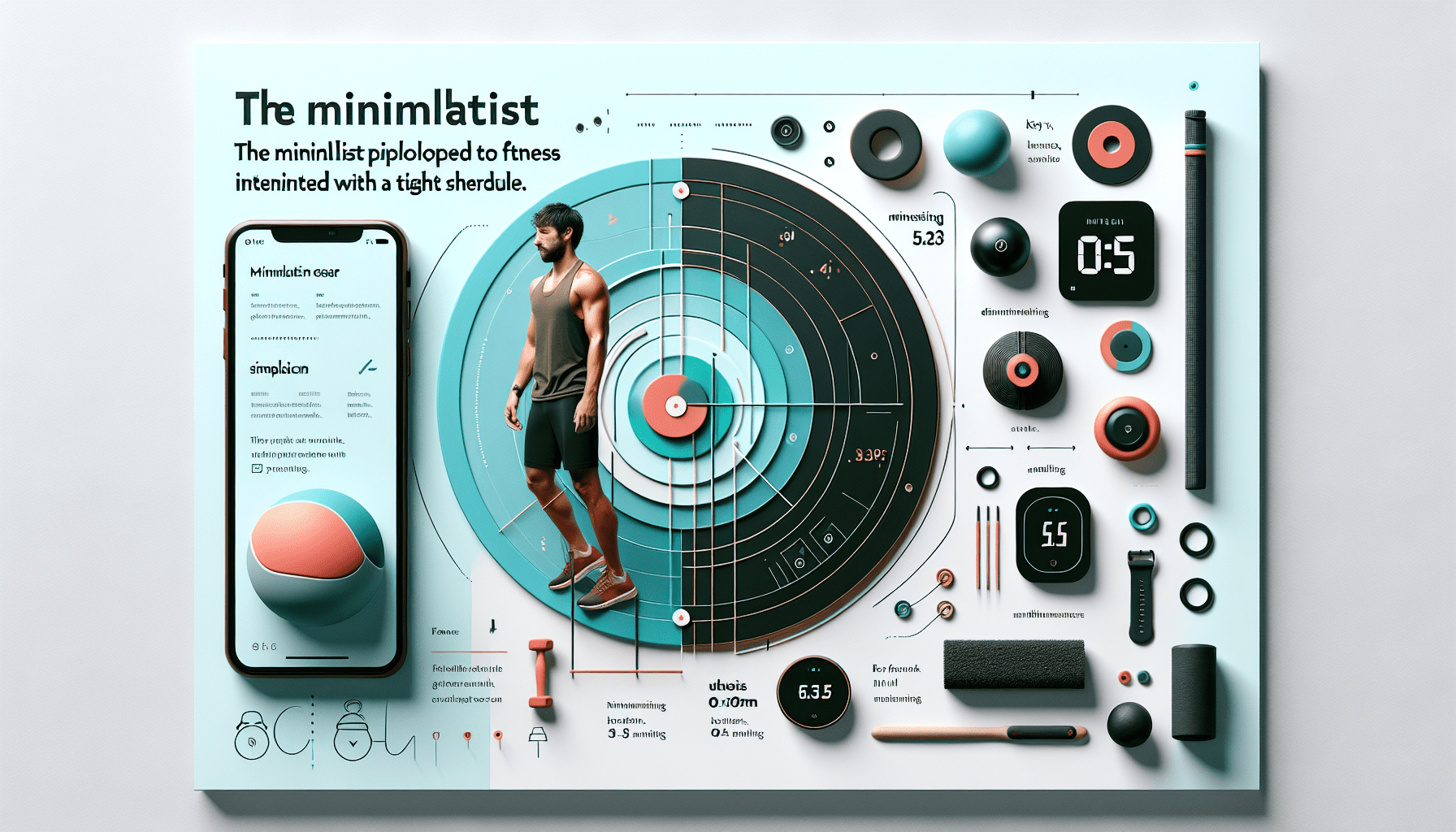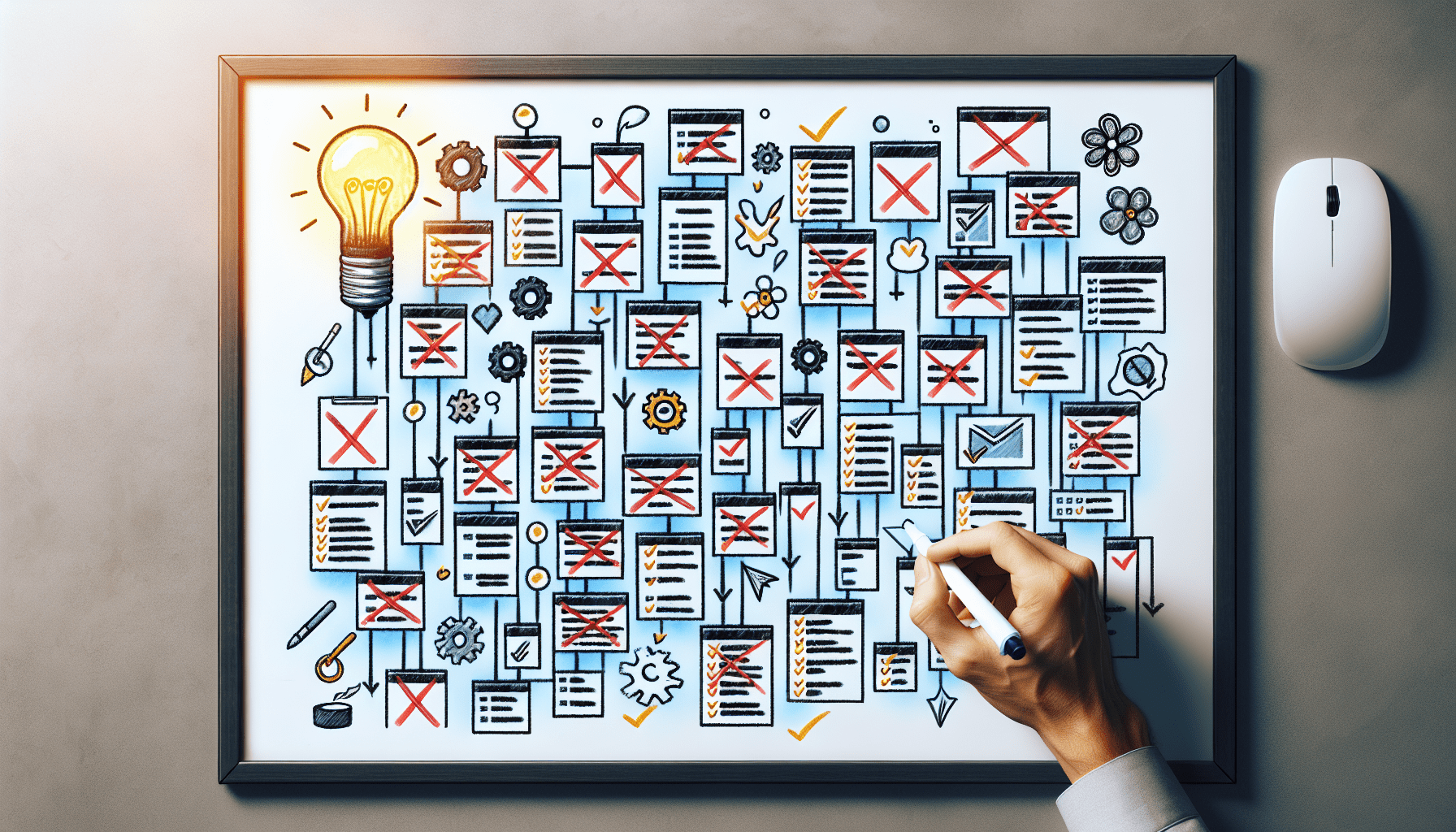
Achieving Work-Life Balance as a Remote Worker

Remote work has grown a lot in the last few years, especially with the COVID-19 pandemic. Now, over half of American workers work from home. But, this new way of working also has its challenges, like keeping a good balance between work and life. Did you know that 73% of remote workers feel burnt out because work and personal life get mixed up? It’s important to set clear boundaries, make time for rest, and use technology wisely to stay productive and keep well.
Key Takeaways
- Seventy-seven percent of employees want to keep working remotely after the pandemic1.
- 60% of employees feel they have a better work-life balance during the pandemic1.
- Setting clear boundaries is key to staying focused and productive at home2.
- Physical exercise can help reduce stress and improve mood, which is good for balance2.
- Taking regular breaks can boost productivity and stop burnout3.
Introduction to Work-Life Balance for Remote Workers
More and more people are working from home, with about 22 million in the US doing so full-time, that’s 14% of the workforce4. This setup is meant to offer more flexibility and control, but many find it hard to keep work and personal life separate. This is key for staying well. A study by Buffer found 11% of remote workers struggle to switch off from work4, showing the importance of managing time well.
Flexible work has many perks, like saving 60 million hours of commuting time during the pandemic4. But, without a good balance, these benefits can turn into problems, affecting how happy and productive people are. This is seen as 41% of remote workers felt more anxious or depressed during the pandemic4. So, it’s crucial to use strategies that help separate work from home life.
One effective method is to set clear working hours and stick to them5. This helps avoid overworking, a big issue for those without a set schedule. Having a specific workspace at home also helps people mentally switch between work and personal time, leading to a better balance5.
It’s also important to take regular breaks to stay well, which lowers the chance of burnout and boosts productivity. With the right balance, remote work suits introverts well, letting them work without the stress of being constantly around others4.
Using tools like Toggl and RescueTime, and platforms like Slack and Microsoft Teams, can greatly improve how remote teams work together and blend work with life5. These tools and methods not only make jobs more satisfying but also help relationships, making remote work more sustainable.
Understanding Work-Life Balance in Remote Work
Getting a good balance between work and personal life is key, especially when working remotely. Without clear limits, the flexibility of remote work can make it hard to separate work and personal time. This can lead to overworking and stress.
What Constitutes Work-Life Balance?
Work-life balance means managing work and personal time well. For remote workers, setting clear work hours and having a dedicated workspace helps keep things in check. Flexible work arrangements are crucial for remote staff, letting them plan their time without losing focus.
The Impact of Poor Work-Life Balance
Not having a good work-life balance can cause big problems, like more stress and health issues. Research shows 77% of workers feel burnt out, with remote staff 20% happier than those in offices6. Being flexible at work helps reduce stress and boosts health7. Also, poor balance can make people do worse at their jobs and want to leave7. Following best practices for working from home, like taking breaks and setting limits, can help remote workers stay well.
Why Work-Life Balance is Vital for Remote Workers
For remote workers, keeping a good work-life balance is key. It affects their health and happiness. Without clear boundaries, they might feel stressed, anxious, and burnt out8. Finding a balance helps reduce these problems and keeps employees happy.
Health and Well-being
Working too much can be bad for your health. It can increase the risk of stroke by 35% and heart disease by 17% if you work over 55 hours a week9. Having a set schedule can help prevent these health issues8.
Regular breaks and keeping work and personal life separate can also help manage stress better8. Studies show that taking breaks, standing up, and having a routine can lead to a better work-life balance9.
Employee Satisfaction and Retention
Remote workers often work extra hours without pay, which can make them less happy and more burnt out9. Working too much doesn’t mean you’ll do more work9. A balanced life can make employees happier and less likely to leave their jobs9.
Employers who support work-life boundaries create a place where employees feel important and happy. This helps keep them working there longer9.
| Aspect | Impact on Remote Workers |
|---|---|
| Overworking (55+ hours/week) | 35% increased risk of stroke; 17% increased risk of heart disease9 |
| Unpaid Overtime | Average of 9.4 hours/week, leading to burnout and reduced job satisfaction9 |
| Setting Boundaries | Improves work-life balance; enhances overall well-being and retention9 |
In conclusion, a good work-life balance is crucial for remote workers’ health and happiness. It also helps keep employees happy and working longer. By setting boundaries and using holistic approaches, remote workers can have a rewarding and productive life.
Setting Boundaries to Avoid Overworking
For remote workers, setting clear boundaries is key to a good work-life balance and avoiding burnout. Without a clear line between work and home, it’s easy to work too much and forget about self-care10. It’s vital to set these boundaries to stop overworking and keep well-being in check.

Importance of Boundaries
Boundaries are crucial for a good work-life balance. They make it clear when you’re working and when you’re not. This stops you from always working, which can lead to burnout in remote jobs11. By sticking to these boundaries, you’ll keep your mental health and motivation up, which can drop in remote work due to feeling isolated11.
Practical Tips to Set Boundaries
- Define your workspace: Make a specific area at home for work. This helps you switch between work and rest mode.
- Establish specific work hours: Having clear work times keeps you consistent and stops you from working too much1110.
- Take regular breaks: Take breaks during your workday to recharge. This is key for staying productive and lowering stress1110.
- Communicate boundaries: Tell your colleagues and family about your work hours and when you’re free. This keeps your personal time safe.
- Engage in virtual activities: Join online meetings and groups to stay connected and fight off isolation1110.
- Practise mindfulness: Use mindfulness and relaxation, like meditation, to cut down stress and focus better11.
Creating a Productive Home Office Environment
Setting aside a special area for work at home is key to boosting your productivity. Having a dedicated workspace helps you keep work and personal life separate. This makes it easier to focus on your job.
Separate Work from Home
Having a clear workspace is vital for staying productive. Research shows that 85% of remote workers find a dedicated area at home boosts their work and focus12. This separation stops work and personal life from mixing, helping you avoid burnout13.
Ergonomic Setup
Good ergonomics helps prevent strain and boosts your work efficiency. Studies show that the right furniture and gear can cut muscle strain by 45% and lift productivity by 10-15%12. Adding natural light to your workspace can also up your productivity by 18% and make you feel better12. A well-designed workspace is good for your body and mind.
Following Home Office Best Practices like keeping your space tidy can make you more efficient. Being organised can save you up to 30% of time looking for things12. Making your workspace your own can also make you more motivated by 15% and happier by 20%12.
| Ergonomic Elements | Impact on Productivity |
|---|---|
| Ergonomic Furniture | Reduces muscle strain by 45%, improves productivity by 10-15% |
| Natural Light | Increases productivity by 18%, enhances mood and energy levels |
| Organised Workspace | Reduces time wasted by 30%, improves focus and productivity |
| Personalised Workspace | Boosts motivation by 15%, improves well-being by 20% |
In summary, keeping work and personal life apart and choosing ergonomic furniture are key Home Office Best Practices. These steps are crucial for a Productive Work Environment. They help you work better and stay well.
Managing Work Schedules Effectively
Managing your work schedule well is key to balancing work and personal life. Using Time Management in Remote Work helps keep you productive and happy at work.

Setting a Consistent Schedule
For remote workers, having a regular schedule is vital. Set clear working hours and stick to them. This helps you stay productive and avoids overworking. It also leads to a better work-life balance, which is good for your mind and body.
Studies show that managing your time well makes you more productive and less stressed1415.
Companies are now offering flexible work options like a 6-hour day or a 4-day week to help with work-life balance14. These changes make employees happier, reduce turnover, and increase loyalty15.
Utilising Time Management Tools
Using Time Management in Remote Work tools can make a big difference. Tools like Asana, Trello, and Clockify help you plan tasks, track progress, and meet deadlines. They’re great for keeping Consistent Work Routines, letting you set time for tasks and breaks.
Remote workers who use these tools often work better and have a better work-life balance. In fact, 32% of remote workers find it hard to balance work and life, and 55% work more hours at home16. Using time management tools can help solve these problems.
In conclusion, using better time management strategies and sticking to Consistent Work Routines can improve your remote work. It’s important to focus on these to stay productive and well.
Taking Breaks and Ensuring Down-Time
Working from home requires a good balance between work and personal life. Taking breaks and ensuring downtime is key. It’s vital for staying productive and feeling good. These breaks help fight tiredness, improve focus, and refresh the mind and body.
The Role of Breaks
Breaks are crucial for keeping remote workers healthy. They often work too much, which can lead to burnout17. Taking short breaks helps avoid this and makes work more enjoyable18. A study found 22% of remote workers struggle with disconnecting from work, showing the need for downtime19.
Best Practices During Breaks
Using breaks wisely can boost productivity and health. Research shows stress at work harms mental health, causing depression and anxiety19. Taking short breaks every hour can make a big difference, especially for those who sit a lot17.
These breaks should include moving around and doing physical activities. This helps fight the bad effects of sitting too much and clears the mind. Adults should stand up every 30 minutes to stay healthy17. Making breaks a part of your daily routine helps avoid burnout and keeps you productive over time.
Don’t forget, downtime is crucial. Encouraging breaks boosts teamwork, problem-solving, and creativity17. These actions make work healthier and can greatly improve well-being and productivity18.
Leveraging Technology for Better Work-Life Balance
Remote work has made it key to use technology for a better work-life balance. Digital tools help with communication, managing tasks, and staying productive while working from home. It’s vital to pick the right online tools and set clear tech boundaries to make the most of a digital workplace.
Online Collaboration Tools
Tools like Microsoft Teams, Slack, and Trello have changed how remote workers work together and manage tasks. They make it easier to keep track of work, talk with team members in real-time, and streamline tasks. The IT and tech sectors were quick to adopt remote work because of their work nature and the tech at their disposal20.
Remote workers often feel more satisfied with their jobs and have a better work-life balance when using these tools20. Using these technologies can make working remotely more efficient and balanced.
Setting Boundaries with Technology
Technology is key for remote work, but setting boundaries is also crucial to keep work from taking over personal time. Remote workers might face health issues from sitting too much and poor home offices, which could lead to long-term health problems20.
Creating a digital well-being plan means setting clear work hours, using tools to reduce distractions, and taking regular breaks. It’s important to trust and communicate well with remote workers, as 87% of them say they’re productive, but only 12% of leaders trust their productivity fully21.
By using technology wisely and setting the right tech boundaries, you can make remote work better for both productivity and well-being. Focusing on using digital tools and being mindful of tech use can turn remote work into a lasting and fulfilling job model222021.





















